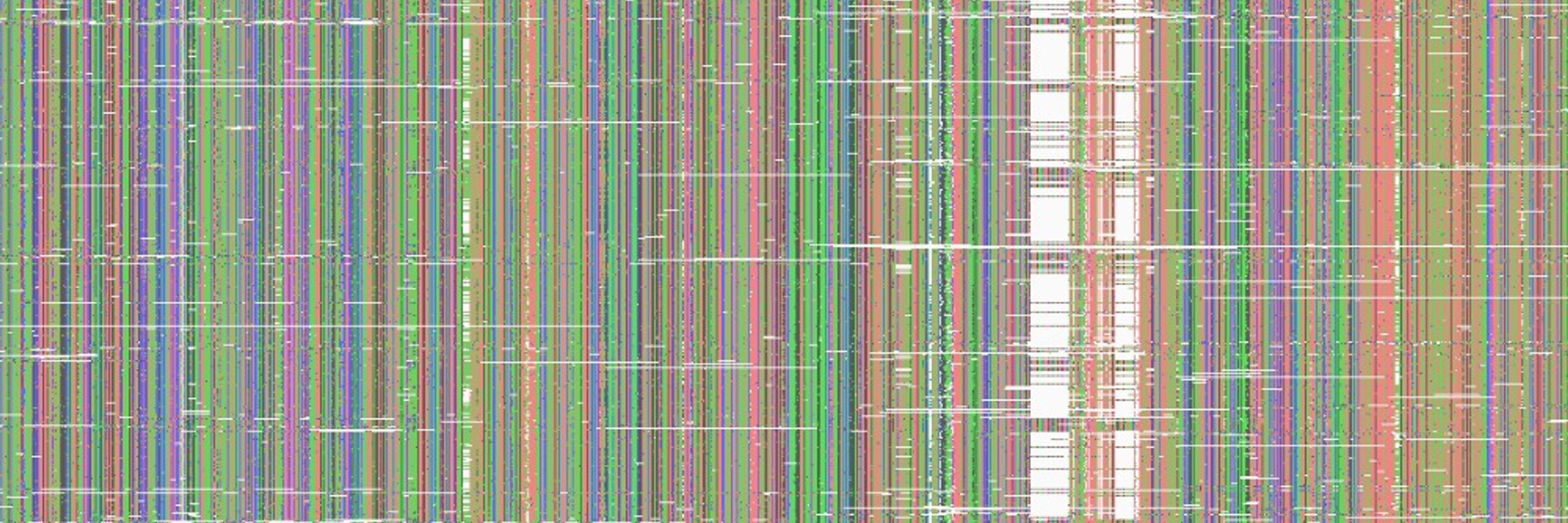Dr. Tyler A. Elliott
@transposableman.bsky.social
730 followers
850 following
140 posts
Transposon obsessed biologist #TEsky. Research Associate in Adamowicz Lab and Linquist Lab @ the U of Guelph
Check out the wealth of TE resources on @tehub.bsky.social https://tehub.org
https://www.tyleraelliott.com/research
Posts
Media
Videos
Starter Packs
Reposted by Dr. Tyler A. Elliott
Reposted by Dr. Tyler A. Elliott
Reposted by Dr. Tyler A. Elliott
Reposted by Dr. Tyler A. Elliott
Reposted by Dr. Tyler A. Elliott
Reposted by Dr. Tyler A. Elliott
Reposted by Dr. Tyler A. Elliott
Reposted by Dr. Tyler A. Elliott
Reposted by Dr. Tyler A. Elliott
Reposted by Dr. Tyler A. Elliott
Reposted by Dr. Tyler A. Elliott
Reposted by Dr. Tyler A. Elliott
Reposted by Dr. Tyler A. Elliott
Reposted by Dr. Tyler A. Elliott














